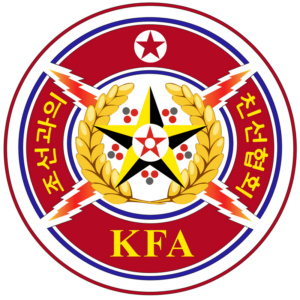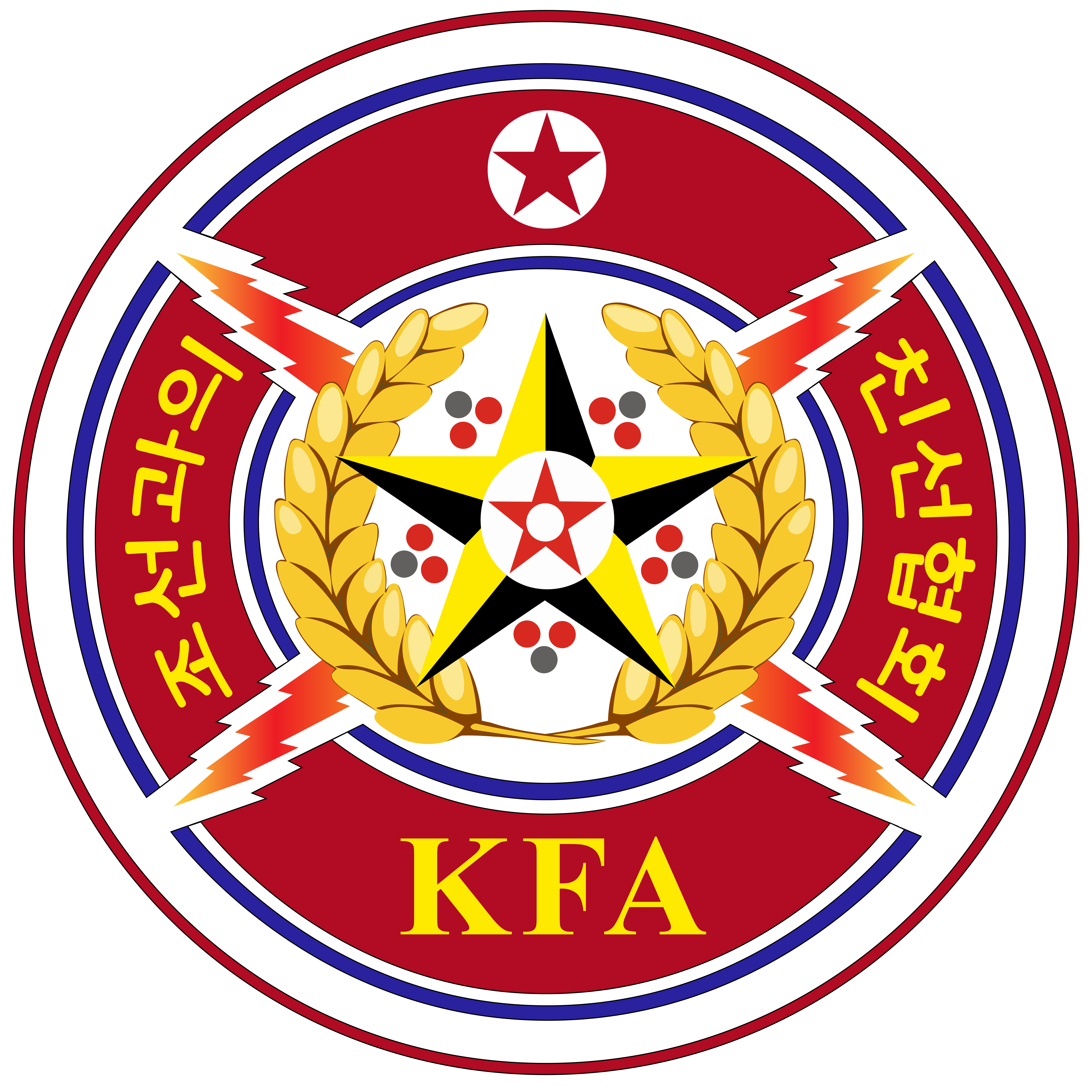News
Highest Institute of Juche-based Science and Education
Seventy-five years have passed since Kim Il Sung University, the central base for training national cadres and the highest institute of Juche-based science and education, was founded.
When Korea was liberated from the Japanese military occupation on August 15, 1945, it had only twelve native technicians and specialists.
President Kim Il Sung attached great importance to the role of talents in the state building and social development and set forth a policy of solving the problem of national cadres independently. He ensured that Kim Il Sung University was founded as a parent body of the universities to be established and solved all the arising problems.
On October 1, 1946, the inaugural ceremony of Kim Il Sung University took place in the presence of the President, proclaiming the founding of the first university for the people in the liberated Korea.
In 1948 several faculties of the university evolved into such institutions as Kim Chaek University of Technology, Pyongyang University of Medicine and Wonsan University of Agriculture.
That year a new building of the university was erected on the site the President himself selected, and its first graduates were produced the following year.
Under the meticulous care of President Kim Il Sung, the university followed the proud road of development in a long period from the building of a new Korea to the Fatherland Liberation War, postwar rehabilitation and socialist construction, and turned out a large contingent of national cadres.
September 1, 1960 when Chairman Kim Jong Il entered Kim Il Sung University with an ambition to carry forward the revolutionary cause of Juche, served as an epoch-making occasion in the history of the university.
Since then the education of the university entered a new stage of development and great changes were effected in improving the contents and methods of education.
Recently, the university has developed into a prominent one that prides itself on its scientific and educational qualifications and scale, thanks to the wise leadership of the respected Comrade Kim Jong Un.
When it was founded, the university had seven faculties and 60 odd lecturers. But now it has 21 faculties and competent educational staff, including hundreds of academicians, professors and doctors.
And the Ryongnam Hill area in Taesong District of Pyongyang has been transformed into a vast university district, with five buildings, science library, e-library, natural history museum, gymnasium, publishing house, dormitories, welfare service establishments, hospital and others laid out centred on the bronze statues of President Kim Il Sung and Chairman Kim Jong Il.
Students selected from across the country study at faculties of their choice and according to their aptitudes and get scholarship from the state. Excellent graduates from the regular courses continue their study at postgraduate courses.
Multifunctional classrooms equipped with modern educational facilities and the introduction of new teaching methods are very beneficial to students’ capacity building.
The university is making strenuous efforts to integrate education, scientific research and production by steadily improving its educational system and methods and the ranks of scientists and researchers and also building the bases for developing intellectual products introduced with cutting-edge technology.
Its sound material and technical foundations and preeminent research personnel are providing scientific and technological guarantees to the vigorous advance of socialist Korea.
Its scientists and researchers are making persevering efforts to solve several difficult problems that remain as global challenges to various fields including cosmology, materials design and quantum information. They have also produced numerous scientific and technological achievements conducive to the development of the country’s economy and the improvement of the people’s living standards.
Now Kim Il Sung University is the hub leading the educational and research work of other universities across the country and also an academic centre propelling the advance of overall realms including politics, the economy and culture.
Under the consistent concern and care of the Workers’ Party of Korea and the government of the DPRK, the university continues to advance vigorously towards a brighter future.




















